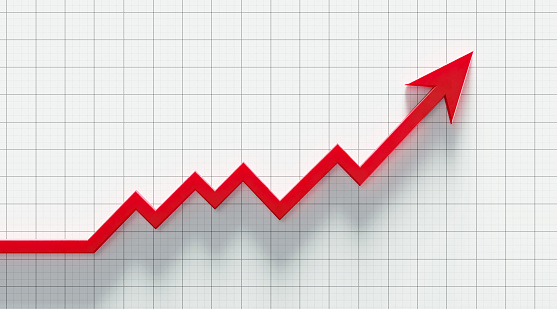The potential growth difference for the commercial HVAC market between 2021 and 2026 is USD 22.09 billion.
The report “Commercial HVAC Market by Application (Equipment and Services) and Geography (APAC, North America, Europe, South America, and the Middle East and Africa) – Forecast and Analysis 2022-2026” has been added to Technavio’s offering. Technavio has been proudly partnering with over 100 Fortune 500 companies for over 16 years and has ISO 9001:2015 certification. During the forecast period, APAC will account for 42 percent of market growth. APAC’s commercial HVAC market is dominated by China, Japan, and India. Market growth in this region will be faster than in other regions. Increased infrastructure spending on commercial projects will aid commercial HVAC market growth in APAC over the forecast period.
The potential growth difference for the commercial HVAC market between 2021 and 2026 is USD 22.09 billion. To obtain the exact yearly growth variance and the Y-O-Y growth rate, Contact our analyst.
Key Market Dynamics:
- Market Driver – The rising number of data centers is one of the key drivers supporting the commercial HVAC market growth. A data center comprises highly sensitive electronic components wherein the temperature, humidity, airflow, and cleanliness should be maintained consistently to prevent the failure of critical equipment. HVAC systems form an indispensable part of a data center, and cooling systems account for a significant part of the overall costs in data center operations. Moreover, this factor has led to an increasing number of data centers across the globe to manage the significant amount of heat dissipated by the equipment and machines in data centers. Furthermore, data centre operators can ensure that server rooms are kept at the proper temperature and humidity levels with the help of robust HVAC systems. These factors will propel the commercial HVAC market during the forecast period.
- Market Challenges –One of the factors impeding the growth of the commercial HVAC market is high market competition. Significant consolidation activity has occurred in the market, as vendors seek to strengthen their product offerings and expand their geographic presence. The entry of building control solution providers, for example, into the commercial HVAC market has heightened market competition. In the global commercial HVAC market, companies such as Siemens and Honeywell have either introduced new solutions or are expanding their product offerings. As a result of the intense competition among players, they may lower their prices in order to remain competitive, reducing profit margins for each sale or service and, in turn, affecting the global commercial HVAC market in the long run.
Cookie Consent
We use cookies to personalize your experience. By continuing to visit this website you agree to our Terms & Conditions, Privacy Policy and Cookie Policy.















